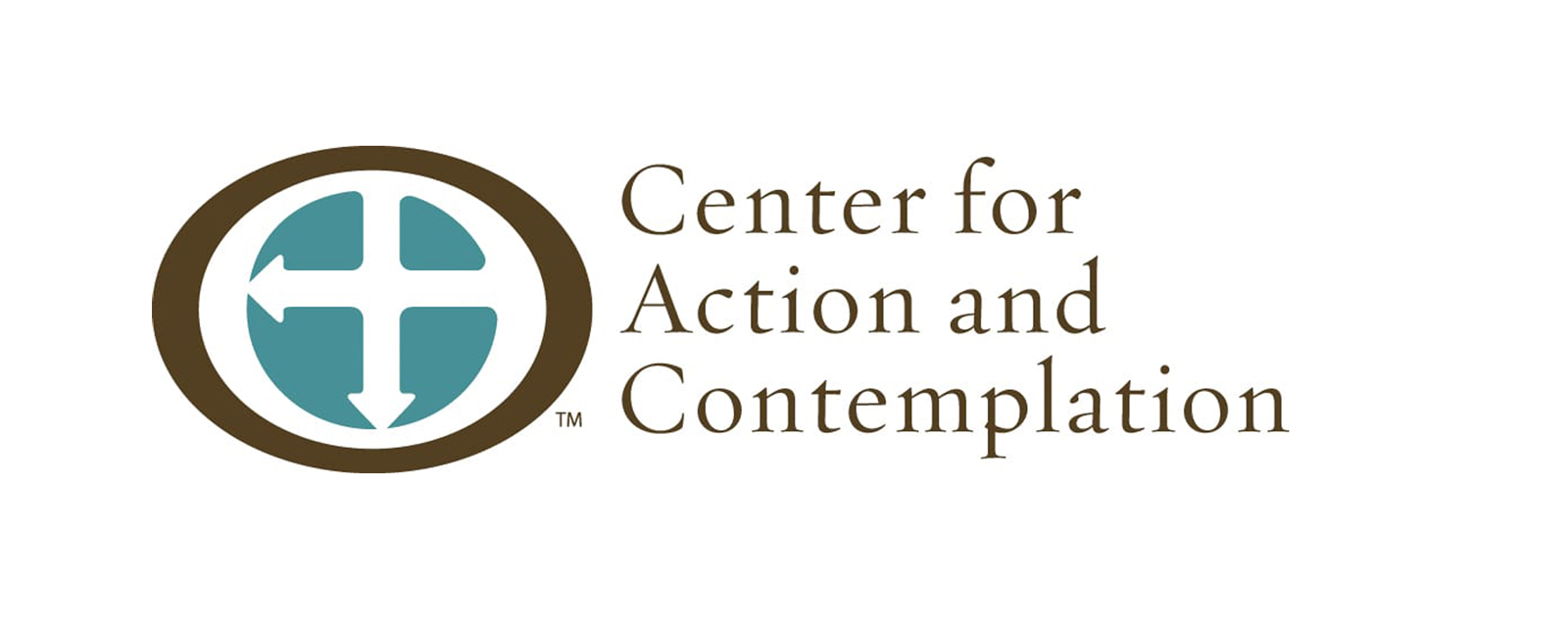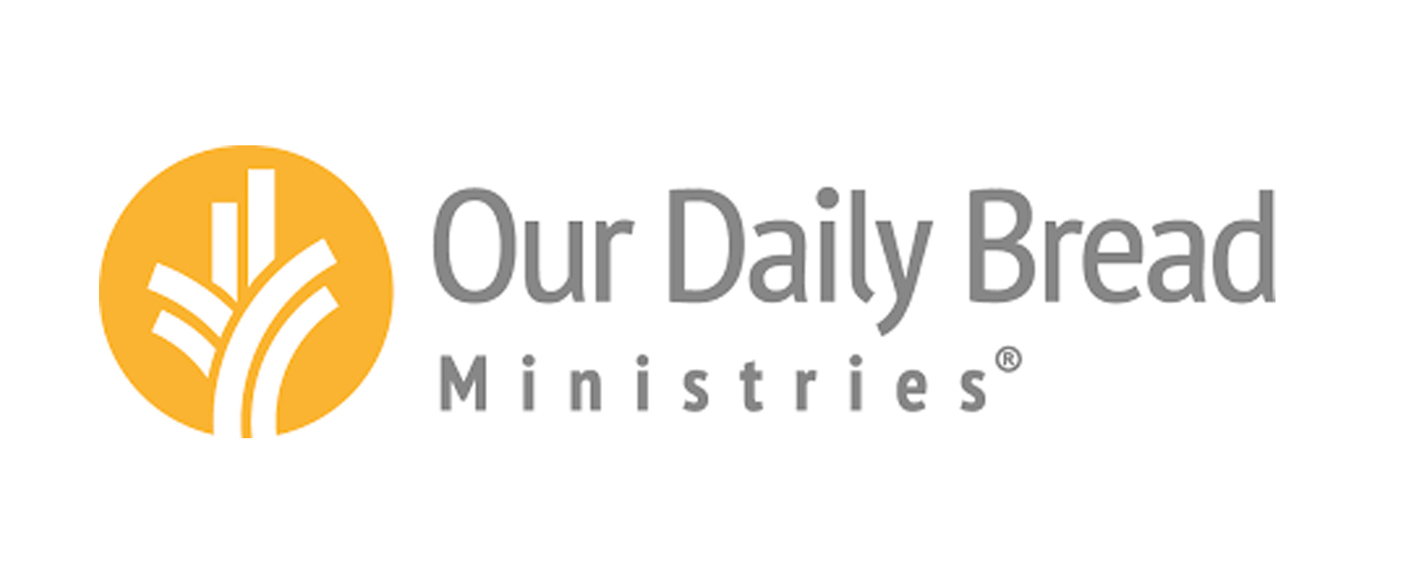
News is information about current events. This may be provided through many different media: word of mouth, printing, postal systems, broadcasting, electronic communication, or through the testimony of observers and witnesses to events. News is sometimes called "hard news" to differentiate it from soft media. Common topics for news reports include war, government, politics, education, health, the environment, economy, business, fashion, entertainment, and sport, as well as quirky or unusual events. Government proclamations, concerning royal ceremonies, laws, taxes, public health, and criminals, have been dubbed news since ancient times. Technological and social developments, often driven by government communication and espionage networks, have increased the speed with which news can spread, as well as influenced its content.
Throughout history, people have transported new information through oral means. Having developed in China over centuries, newspapers became established in Europe during the early modern period. In the 20th century, radio and television became an important means of transmitting news. Whilst in the 21st, the internet has also begun to play a similar role.
-
PARTNERSHIP NEWSLETTER

Click on buttons below to visit our Newsletter page. There is also a button link which allows you to join our mailing list; no need to visit the website, you receive partnership newsletter emails in real time.
A newsletter is a printed or electronic report containing news concerning the activities of a business or an organization that is sent to its members, customers, employees or other subscribers. Newsletters generally contain one main topic of interest to its recipients. A newsletter may be considered grey literature. E-newsletters are delivered electronically via e-mail and can be viewed as spamming if e-mail marketing is sent unsolicited. The newsletter is the most common form of serial publication. About two-thirds of newsletters are internal publications, aimed towards employees and volunteers, while about one-third are external publications, aimed towards advocacy or special interest groups.
In ancient Rome, newsletters were exchanged between officials or friends. By the Middle Ages, they were exchanged between merchant families. Trader's newsletters covered various topics such as the availability and pricing of goods, political news, and other events that would influence trade. These commercial newsletters were in effect, the first "serious" outlet for news publishing, from which evolved newspapers.
A newspaper is a periodical publication containing written information about current events and is often typed in black ink with a white or gray background. Newspapers can cover a wide variety of fields such as politics, business, sports, art, and science. They often include materials such as opinion columns, weather forecasts, reviews of local services, obituaries, birth notices, crosswords, editorial cartoons, comic strips, and advice columns.
Newspapers developed in the 17th century as information sheets for merchants. By the early 19th century, many cities in Europe, as well as North and South America, published newspapers. Some newspapers with high editorial independence, high journalism quality, and large circulation are viewed as newspapers of record. With the popularity of the Internet many newspapers are now digital, with their news presented online rather than in a physical format, with there now being a decline in sales for paper copies of newspapers. -
EXTERNAL LINKS

LINKS
Also known as an outbound link, an external link is a hyperlink that leads to a page or resource outside a particular website. It is the opposite of an internal link, which links to URLs within the same domain. External links create connections between websites, allowing users to navigate from one to another easily. Google’s John Mueller put it this way: “Linking to other websites is a great way to provide value to your users. Oftentimes, links help users to find out more, to check out your sources, and to better understand how your content is relevant to the questions that they have.”
-
DEVOTIONAL WEBSITES

Center for Action and Contemplation
The Center for Action and Contemplation (CAC) is an educational nonprofit introducing seekers to the contemplative Christian path of transformation. Franciscan Richard Rohr founded the Center for Action and Contemplation (CAC) in 1987 because he saw a deep need for the integration of both action and contemplation - the two are inseparable. As Father Richard likes to say, the most important word in our Center’s name is neither Action nor Contemplation, but the word and.
Contemplation is a way of listening with the heart while not relying entirely on the head. Contemplation is a prayerful letting go of our sense of control and choosing to cooperate with God and God’s work in the world. Prayer without action, as Father Richard says, can promote our tendency to self-preoccupation, and without contemplation, even well-intended actions can cause more harm than good.
Instead of accusing others on the left or the right, Jesus stood in radical solidarity with the problem itself, hardly ever offering specific answers to the problem. Instead, his solidarity and compassion brought healing.
In today’s religious, environmental, and political climate, our compassionate engagement is urgent and vital. When we experience the reality of our oneness with God, others, and Creation, actions of justice and healing naturally follow. If we’re working to create a more whole world, contemplation can give our actions nonviolent, loving power for the long haul.
Our Daily Bread
In 1938, the ministry started with a radio program called Detroit Bible Class. Since then, our audience has grown from a small group of dedicated radio listeners to millions of people around the world who use our Bible-based resources.
Over the years our name has changed to better reflect the variety of resources we offer. Today, we realize that most people recognize who we are by the well-loved devotional Our Daily Bread. So we changed our name to Our Daily Bread Ministries to more clearly communicate who we are. Although our name has changed, our focus remains the same: reaching out to people all around the world with the message of God’s love.
We’re a non-denominational, non-profit charitable organization registered with Canada Revenue Agency. Our staff staff and volunteers work out of our office in Windsor, Ontario, and we also are affiliated with over 37 Our Daily Bread offices around the world. Globally, the ministry of Our Daily Bread distributes more than 60 million resources in 150 countries. Regardless of whether it’s a radio or television broadcast, DVD, podcast, book, mobile app, or website, we provide materials to help people grow in their relationship with God.
DESIGN BY
H2 DESIGN PIXEL
https://rondeaubaytransfiguration.org/resources/blogpage/
https://rondeaubaytransfiguration.org/resources/lectionary/
https://rondeaubaytransfiguration.org/
https://rondeaubaytransfiguration.org/rites/funerals/
https://rondeaubaytransfiguration.org/rites/baptism/
https://rondeaubaytransfiguration.org/rites/weddings/
https://rondeaubaytransfiguration.org/churches/stjohns/
https://rondeaubaytransfiguration.org/churches/stmatthews/
https://rondeaubaytransfiguration.org/churches/christchurch/
https://rondeaubaytransfiguration.org/churches/advent/
https://rondeaubaytransfiguration.org/churches/trinity/
https://rondeaubaytransfiguration.org/churches/stpauls/
https://rondeaubaytransfiguration.org/#top
https://rondeaubaytransfiguration.org/#section1
https://www.rondeaubaytransfiguration.org/Statistics/
https://www.rondeaubaytransfiguration.org/resources/blogpage/
https://www.rondeaubaytransfiguration.org/resources/lectionary/
https://www.rondeaubaytransfiguration.org/
https://www.rondeaubaytransfiguration.org/rites/funerals/
https://www.rondeaubaytransfiguration.org/rites/baptism/
https://www.rondeaubaytransfiguration.org/rites/weddings/
https://www.rondeaubaytransfiguration.org/churches/stjohns/
https://www.rondeaubaytransfiguration.org/churches/stmatthews/
https://www.rondeaubaytransfiguration.org/churches/christchurch/
https://www.rondeaubaytransfiguration.org/churches/advent/
https://www.rondeaubaytransfiguration.org/churches/trinity/
https://www.rondeaubaytransfiguration.org/churches/stpauls/
https://www.rondeaubaytransfiguration.org/#top
https://www.rondeaubaytransfiguration.org/#section1